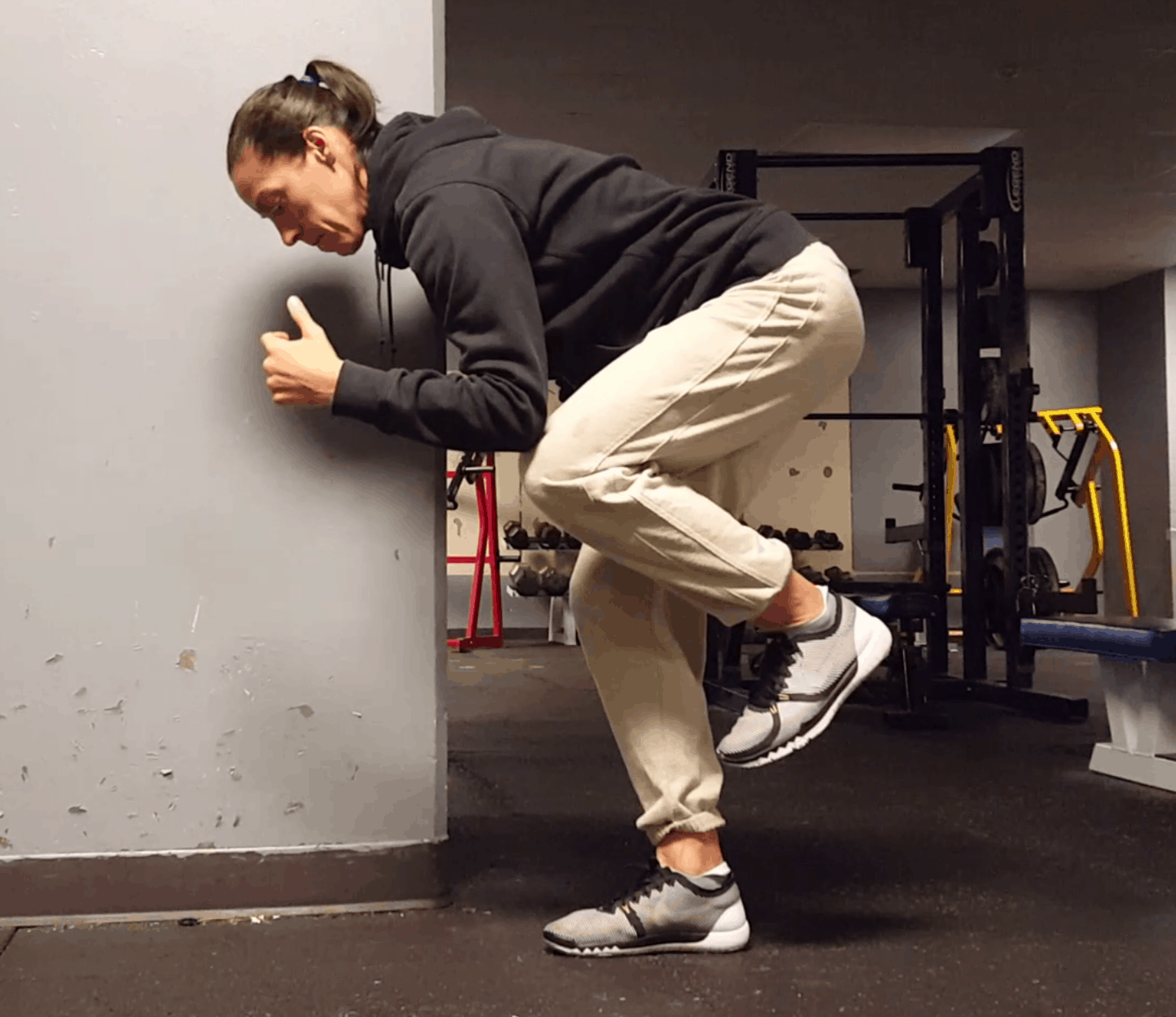
Balance Training Ideas
Balance is a movement intelligence. It relies on systemic interdependence — that your parts work well enough and that the body can efficiently execute interpretations from the brain. Creating feet that grip and then utilizing them in skill-based, eyes closed situations bridges the gap between ‘can-do’ and ‘can-apply’. At its core, balance is a test of dynamic response. To react unconsciously in a way that is practiced consciously is the utmost measure of transfer and adaptability.
The context in which a drill or game is placed within matters. The familiar goes off memory and follows the ‘shoulds.’ The new and novel asks for an appropriate solution, and the level of ‘appropriateness’ depends entirely on the capacities of the user to problem solve. They must simultaneously assess their own abilities and the demands of the task to find a way to completion.
Kerry, for example, had quite a bit of trouble standing on one leg, particularly her left. But when the assignment was embedded into a larger task of stepping over an object backwards, she had to engage with the activity. She had to carefully consider the how. Putting the foot down too soon now carried the consequence of possibly falling. The result was single leg stands held longer than if asked to simply lift the foot alone:
Similarly, one could create precarious scenarios to develop a softness of step and stand:
Constructing your own challenges carries both meaning and alignment into your personal levels of intrigue and competence.
Finding innovation comes from noticing. How does everyone get into a single leg stand? By flexing the hip and/or knee. They hardly ever push the foot into something behind them (which gives reason to why many struggle with it). To get new synapses to form, go opposite of what they consistently choose to do. Pressing into the wall behind them encourages hip extension AND tenses the glute and posterior chain to keep them upright:
Another observation was the tendency to balance on a stiff and locked knee. It is an assumed position, though one almost never loads a locked knee (and/or hip), especially without the heels purposefully coming off the ground. Developing balance in a soft knee and hip before extension teaches how flexed joints promote a more flexible and forgiving structure — a valuable lesson in learning sequence, intent, and economy of movement.
Clip two relates the movement to a birddog, and the concluding bits simulate random freezings from different methods of bipedal locomotion, bringing in a momentum component.
Solutions only have value when they can be applied. The broader the context a skill can be utilized, the more likely it remains influential to self-organization. Adaptations that stick through diverse circumstances confirm that they are readily accessible and have entered the schema of viable options. Variability solidifies learning and expands the realm of possible expression.



